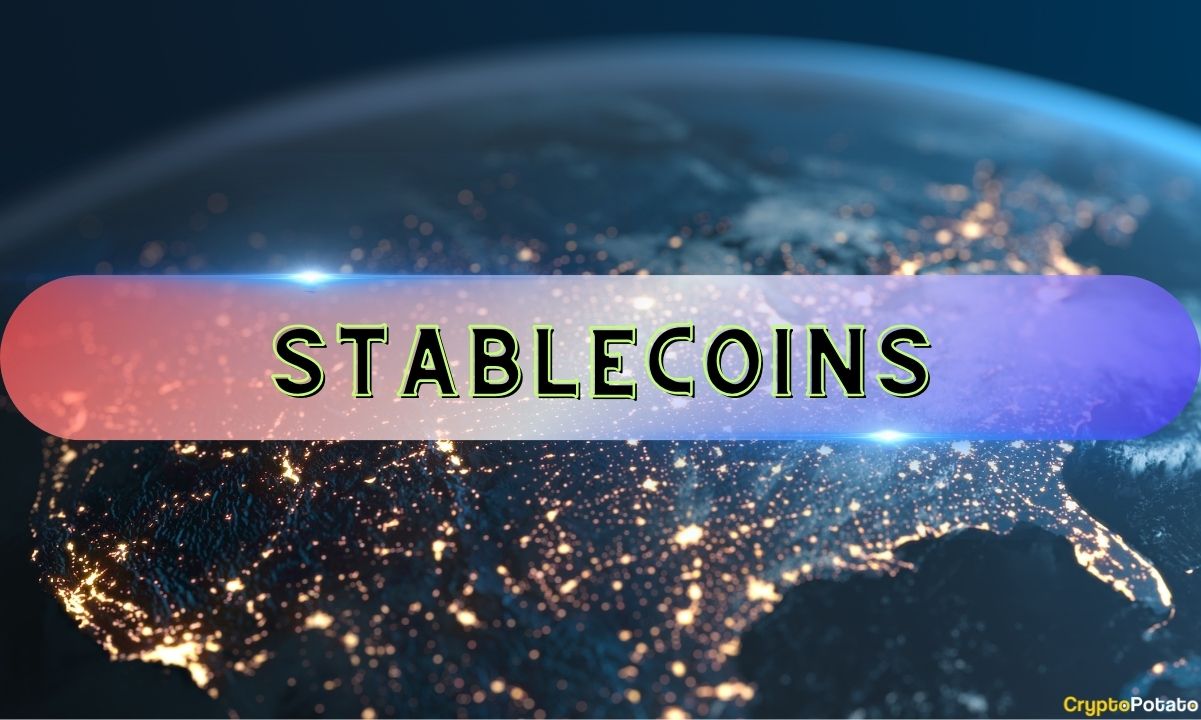Cryptopotato
2d
321

Image Credit: Cryptopotato
Stablecoin Mania Rocks the Blockchain Space, Disrupts Geopolitical Order
- Stablecoins offer stable digital representations of traditional currencies like the dollar and euro, providing efficient payment rails with blockchain advantages.
- They serve as a hedge for cryptocurrency traders in bear markets and are being integrated into stablecoin products by major institutions like Fidelity and PayPal.
- The introduction of new stablecoins like Fidelity's upcoming corporate stablecoin and Trump-backed WLFI's USD1 enhances the stablecoin landscape.
- Wyoming plans to launch its own 1:1 dollar-backed stablecoin, signaling increased adoption and innovation in the cryptocurrency space.
- Texas Vantage Bank partners with Custodia to launch Avit, a bank tokenized dollar, showcasing regulatory shifts supporting blockchain development.
- Bitso introduces MXNB, a peso-backed stablecoin, addressing cross-border payment demands and bolstering the dollar's influence in overseas transactions.
- Stablecoins play a crucial role in addressing issues with traditional banking processes, high fees, and slow transactions, driving their high demand.
- The stablecoin market boom reflects a growing infrastructure to support crypto price markets and traditional financial institutions adopting blockchain technology.
- Influential figures like President Trump and government bodies are actively shaping stablecoin regulations and standards to foster innovation in the blockchain space.
- The emergence of stablecoins indicates a significant shift in the geopolitical and financial landscape, with cryptocurrencies disrupting traditional systems.
Read Full Article
19 Likes
For uninterrupted reading, download the app